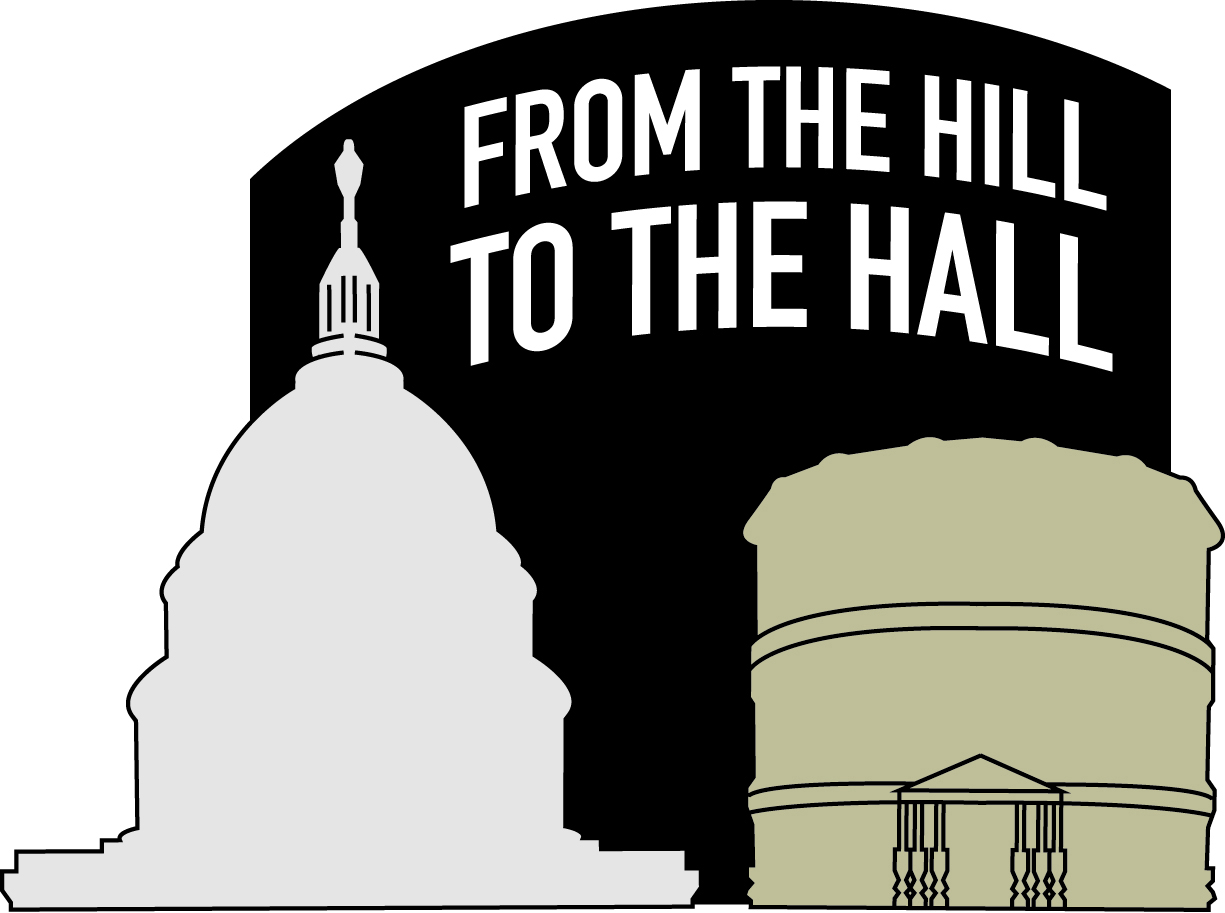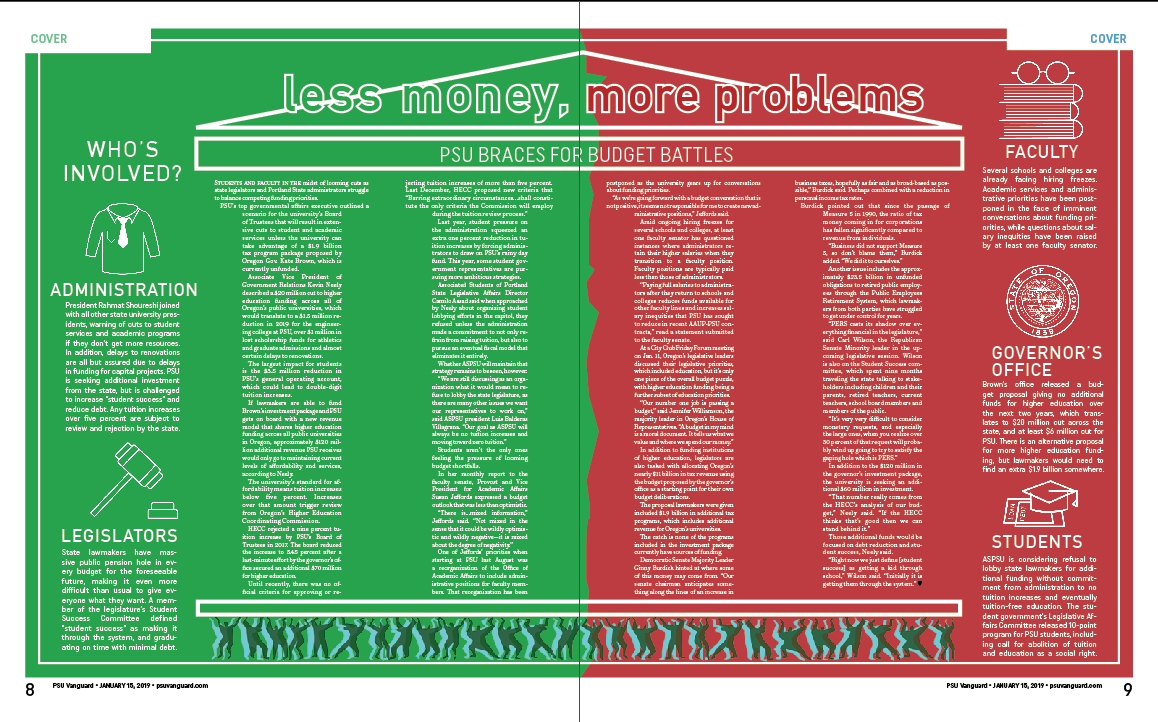It was announced on Jan. 28 that the Internal Revenue Service (IRS) will soon require taxpayers to use facial recognition software to verify their identity. This comes as part of a partnership between the IRS and ID.me—a facial recognition company which has existed for around a decade—in hopes to cut down on the amount of fraudulent claims for state and federal benefits that surged during the pandemic.
Both the IRS and ID.me have since been elaborating on what this means for citizens, and how we will be affected this tax season and future seasons to come.
ID.me had first claimed they do not use a powerful facial recognition technology known as a one-to-many model, wherein one photo is matched to a large database versus a person matching their own photo. However, as first identified by CyberScoop, this was simply not true.
The dangers of facial recognition technology have been covered before, with the major concern that facial recognition is more likely to misidentify people of color. This means that people of color are more likely to get their benefits put on hold because ID.me failed to identify them correctly which can spell huge troubles for low-income families.
Currently, the verification process on IRS.gov requires taking a picture of photo identification and then a selfie with a smartphone or computer so both images can be compared. So far, this process has only been optional for those filing taxes directly on the IRS website.
However, those that wish to use certain tools—such as requesting an online tax transcript or viewing information about tax payments or economic impact payments—must sign up with ID.me, and then use the facial recognition verification in order to have access to those tools.
Since the announcement and recent discovery of ID.me’s practices, the Treasury Department is reconsidering its reliance on the company’s facial recognition software, according to Bloomberg. The department stated it is looking for alternatives, but did not specify why.
Only the company is being reconsidered, not the act of facial recognition verification itself. While a company that uses a one-to-one comparison model is likely to be more accurate, this does not dispel the same issues that come from using facial recognition technology at all. All facial recognition models—whether comparing two images (one-to-one) or comparing through a database (one-to-many)—are consistently less accurate among individuals with darker skin tones.
While the IRS is requiring this form of verification to access tools, those that already have an account through the IRS can continue to use the old system this tax season.
An important question remains: is there an alternative to filing a tax return and paying taxes without having to go through a facial recognition process?
The answer is yes, but it’s not the convenient option. Individuals who don’t wish to go through the ID.me account setup process must file through the traditional pen and paper method, along with sending a check directly to the government.
It’s not the answer many want—and it can either be extremely confusing for those who have filed on paper for the first time, or extremely expensive for those who seek tax help via H&R Block or other tax providers. But, unfortunately, those are the only options. It is unclear how this requirement may affect other online services such as TurboTax, but chances are it will soon require an ID.me account in order to file taxes.






